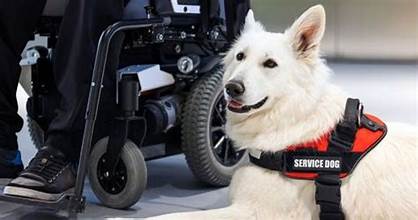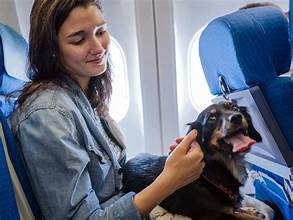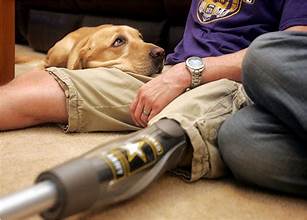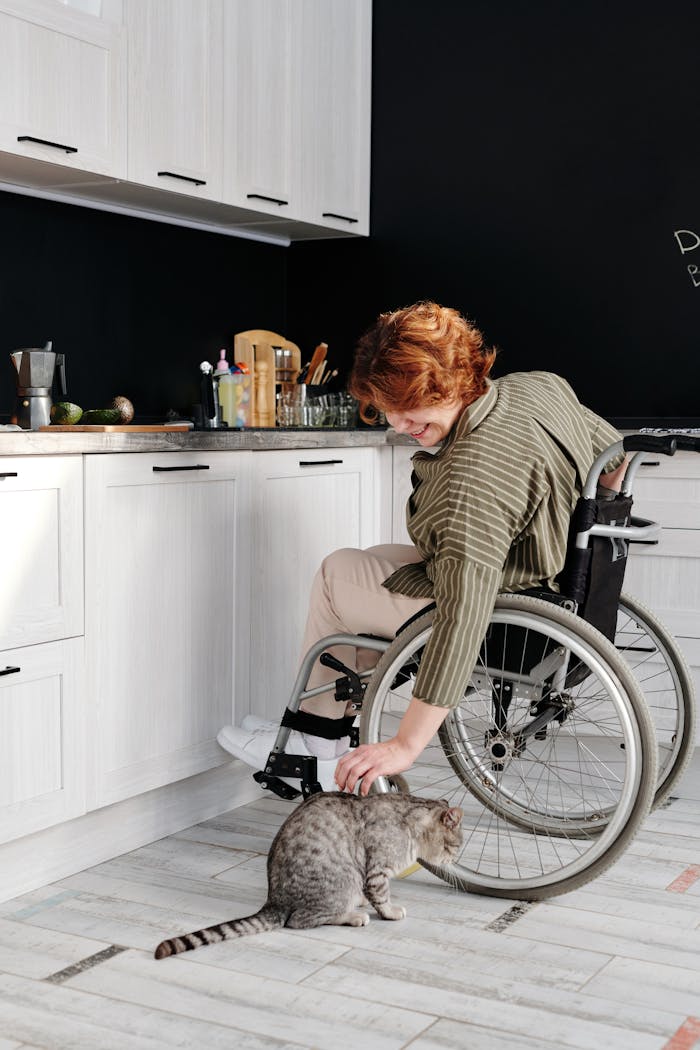Flying with a service animal can be both exciting and a little nerve-wracking — especially the first time. Between packing, managing sensory needs, and keeping everyone calm, the last thing you want is to be caught off guard at the airport because an airline agent asks for paperwork you didn’t know you needed.
As a service animal owner, it’s essential to understand your rights and responsibilities when traveling. This includes knowing the types of documents you may need to provide and the behavior expected from your service animal. When I first flew with my son and his service dog, Max, I was so focused on ensuring Max was calm and that my son had his headphones and favorite snacks that I didn’t realize how much documentation airlines could request. Thankfully, we had most of it covered — but that trip taught me to always double-check before flying.
So, if you’re preparing to fly with your service animal, here are five essential travel documents airlines may request — and a few personal tips to make your travel day go a whole lot smoother. With these in hand, you can embark on your journey with a sense of reassurance and confidence.
1. ✍️ Department of Transportation (DOT) Service Animal Air Transportation Form
This is the big one. Most airlines now require the U.S. DOT Service Animal Air Transportation Form before your flight. It’s a standardized form that verifies:
- Your service dog’s training and behavior
- Vaccination and health status
- That your dog is under control and can behave appropriately in a public setting
You can find the form directly on your airline’s website — usually under “Accessibility” or “Service Animals.” Some airlines ask you to submit it online 48 hours before your flight, while others allow you to bring a printed copy to the counter.
💡 My tip: Always bring a printed version too. Once, our airline’s system was down, and showing the paper copy saved us a big headache!
2. 🩺 Veterinary Health Certificate
Even if your dog isn’t technically “required” to have one for domestic travel, a health certificate from your vet is always a brilliant idea — especially for long or international flights. It’s usually a simple letter your vet fills out stating that your dog is healthy, up to date on vaccines, and safe to travel.
These certificates are often valid for 10 to 30 days, depending on the airline and destination.
💬 Parent tip: I keep a copy in Max’s travel binder. My son loves to help by being “in charge” of Max’s papers — it gives him a little responsibility and helps ease pre-flight jitters.
3. 💉 Proof of Vaccinations (Rabies and Core Shots)
Most airlines will require proof that your dog is up to date on vaccinations, particularly rabies. Some may request additional core vaccines, such as distemper or parvo, depending on your destination.
If you’re flying internationally, a rabies certificate is a must, and your dog may also require a rabies titer test or microchip for entry into another country.
🧳 Travel tip: Make a small “service dog folder” with a copy of the vaccination record in both print and digital form (a photo on your phone works great). It’s peace of mind you’ll be grateful for at check-in.
4. 🌎 Import/Export or Quarantine Documentation (for International Flights)
If you’re flying abroad, every country has its own entry rules for animals. Some require a USDA-endorsed health certificate, microchipping, or even a short quarantine period.

For example:
- The U.K. and Japan have stricter laws regarding animal imports.
- Some islands (like Hawaii) have quarantine requirements even for service animals.
It can take weeks to sort out international paperwork, so plan if your trip involves another country.
💡 Pro tip: Contact your airline and the embassy of your destination country at least a month before flying. They’ll give you the exact list of what’s needed — and it’s worth every bit of that preparation.
5. 🐾 Proof of Service Animal Training or Identification (Optional but Helpful)
Legally, you’re not required to carry an ID card or certification for your service dog under the ADA. However, some airlines may require verbal confirmation or documentation regarding the dog’s training, especially if they’re unfamiliar with the law.
Having a simple letter from your training organization or a service dog ID tag/vest can make check-in faster and avoid uncomfortable questions.

📖 From experience: Max wears his vest anytime we fly. It’s not required, but it helps signal to airline staff and passengers that he’s working, which cuts down on stares and awkward conversations.
💼 Wrapping It Up
Traveling with a service animal takes a little extra planning, but once you’ve done it a few times, it becomes second nature. Always remind yourself: these documents aren’t just “paperwork” — they’re tools that make travel smoother, safer, and less stressful for everyone involved. They are your key to a well-prepared and informed journey.
To recap, here are the five key travel documents airlines may request:
- DOT Service Animal Air Transportation Form
- Veterinary Health Certificate
- Proof of Vaccinations
- Import/Export or Quarantine Paperwork (if traveling internationally)
- Optional proof of service animal training or ID
With these ready in your travel bag (and maybe a few dog treats tucked in beside them), you’ll be set for takeoff — confident, prepared, and ready to enjoy your trip.
Because at the end of the day, flying with your service animal isn’t just about getting from point A to point B — it’s about doing life together, wherever that takes you. ❤️🐾




